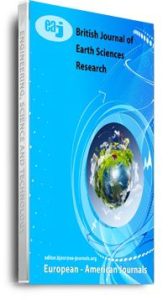Can earthquakes be predicted? So far, the answer is no. Scientists are unlikely to be ever able to predict earthquakes with any amount of certainty, according to the United States Geological Survey Apr 25, 2013. An Innovative Model for Earthquake Prediction (IMEP) proposed in this paper is a combination of Vedic Astrology (Vedānga), Varāha Mihira’s Brihat Samhita and scientific data of magnetic variations, structural geology such as fault zones, tectonic plates’ directions, loose soil areas of all the earthquakes occurred in Indian Peninsula shield over a period of 200 years. In the course of preparation of this paper, it is observed that the earthquakes occured at regular intervals of about 11 years and mostly during bright fortnight due to extraordinary astronomical phenomena occurring in the planets and special movements of the heavenly bodies. Vedānga and Brihat Samhita state that earthquakes are caused by eclipses of the luminaries. It is, therefore, plausible to predict earthquakes in a specific locality within a specific time limit utilising this model. However, as an initial step, the present model has been designed for application for India. The next earthquake in Indian peninsula is predicted to occur on Wednesday, the 16th March, 2016 on the basis of the proposed hypothesis model.
Keywords: Brihat Samhita, Planetary Heridity, Solar Activity, Solar Eclipse, Vedanga

